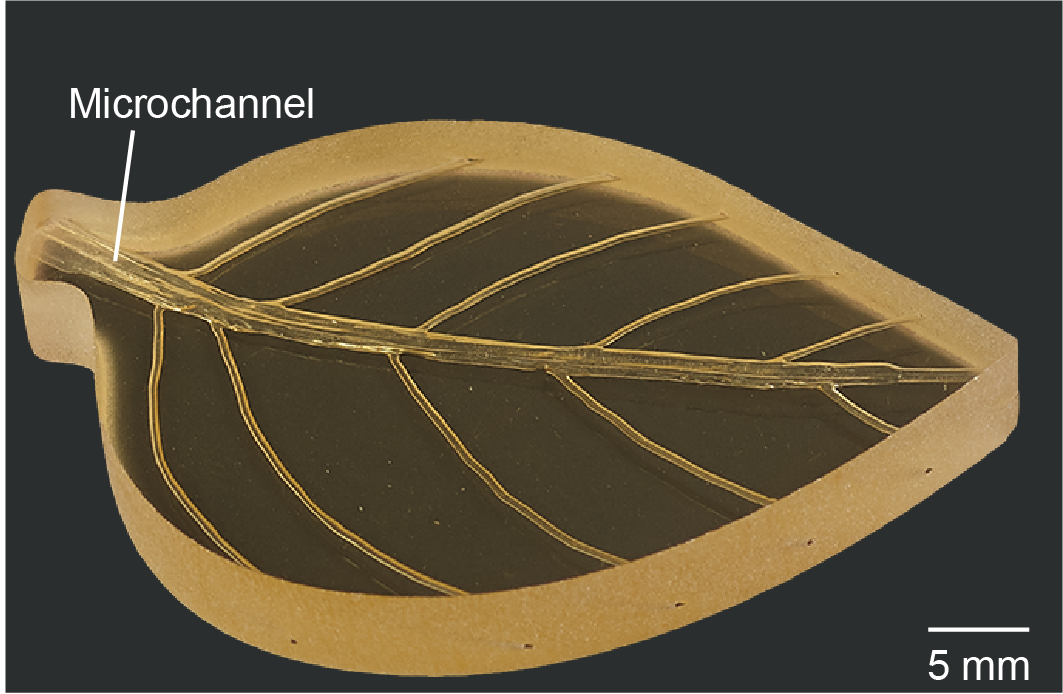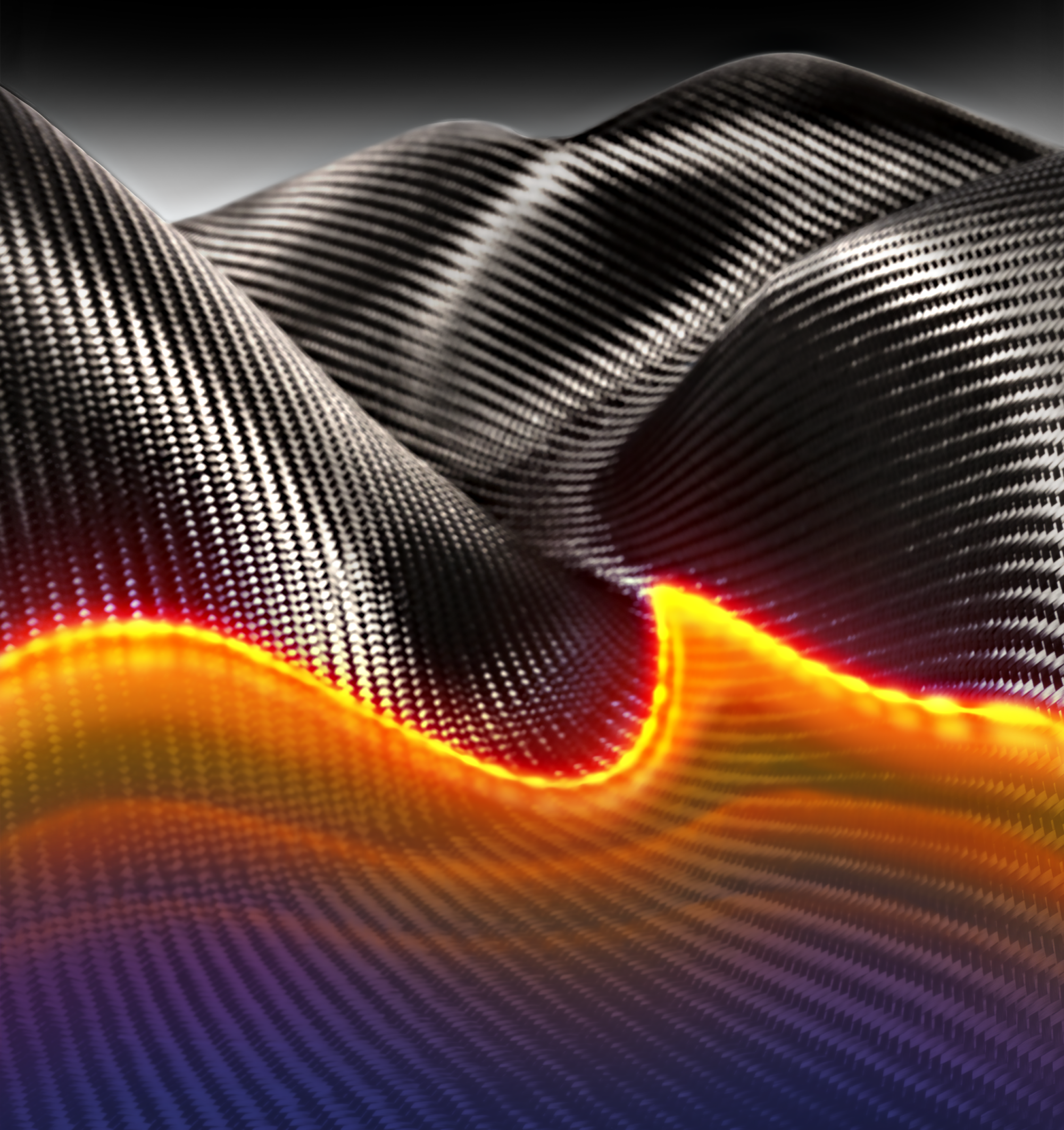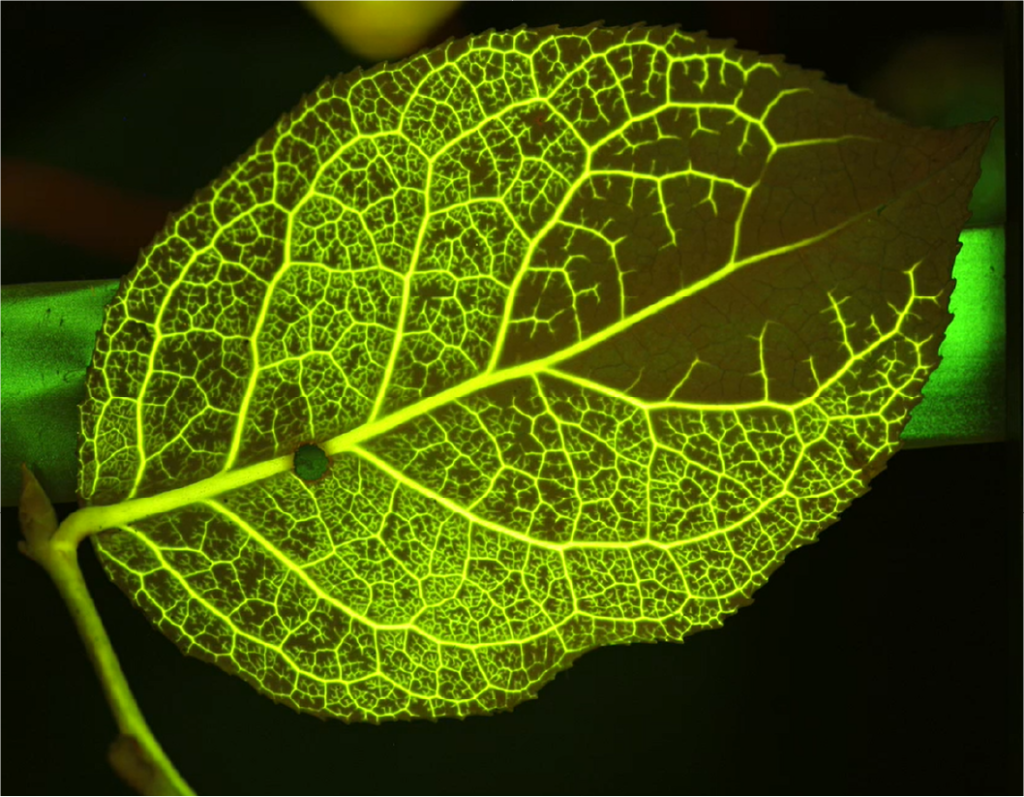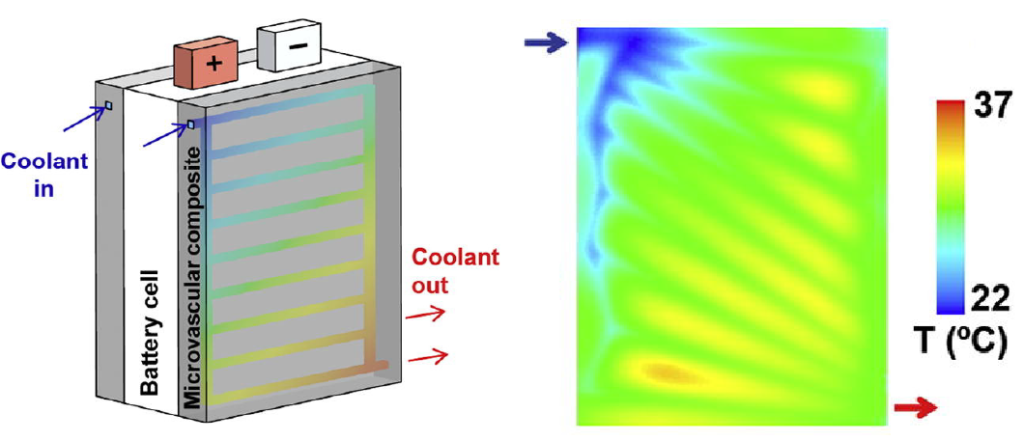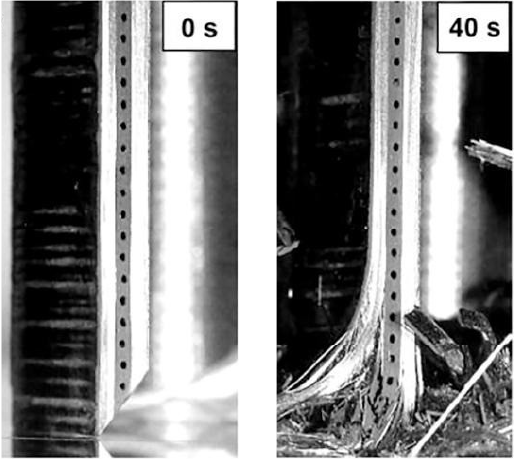Hierarchical vascular networks facilitate heat and mass transport for sustenance, growth, and repair in plants and animals. Embedding interconnected microchannels in synthetic materials allows fabrication of environmentally-adaptive structures with multifunctional capabilities.
Tandem Polymerization and Vascularization
